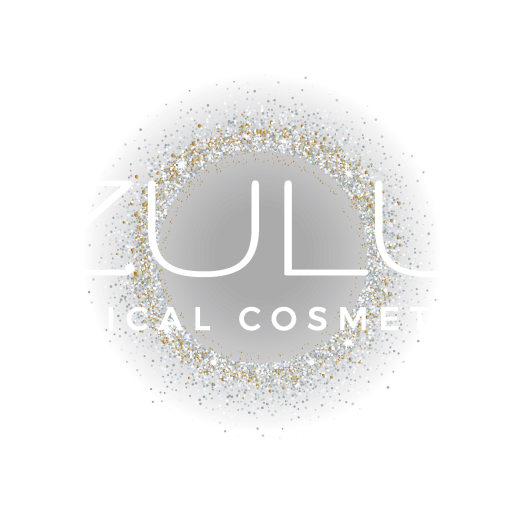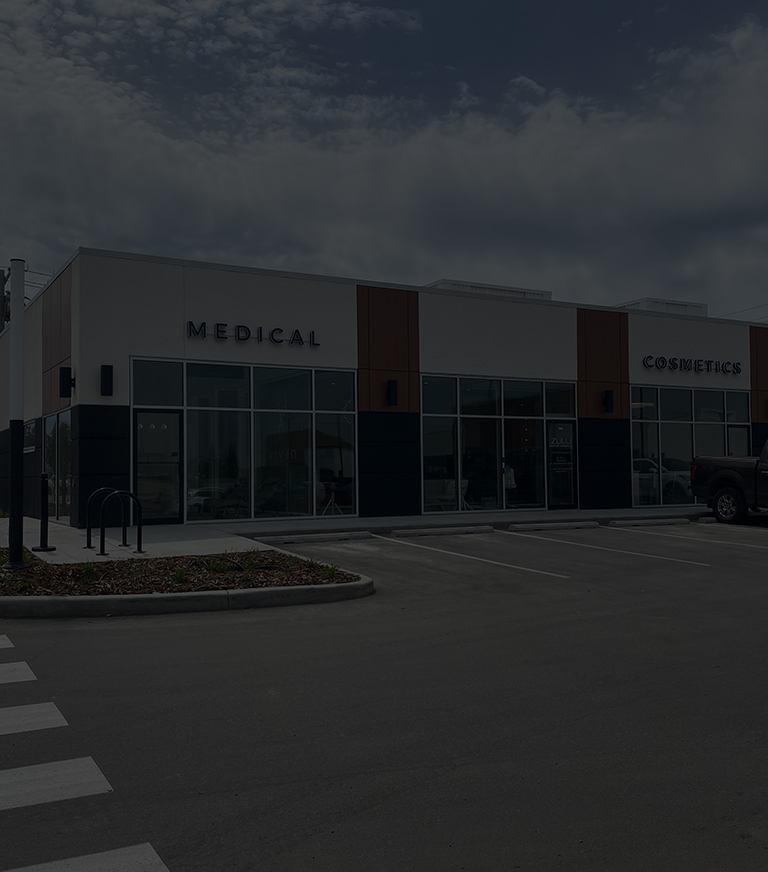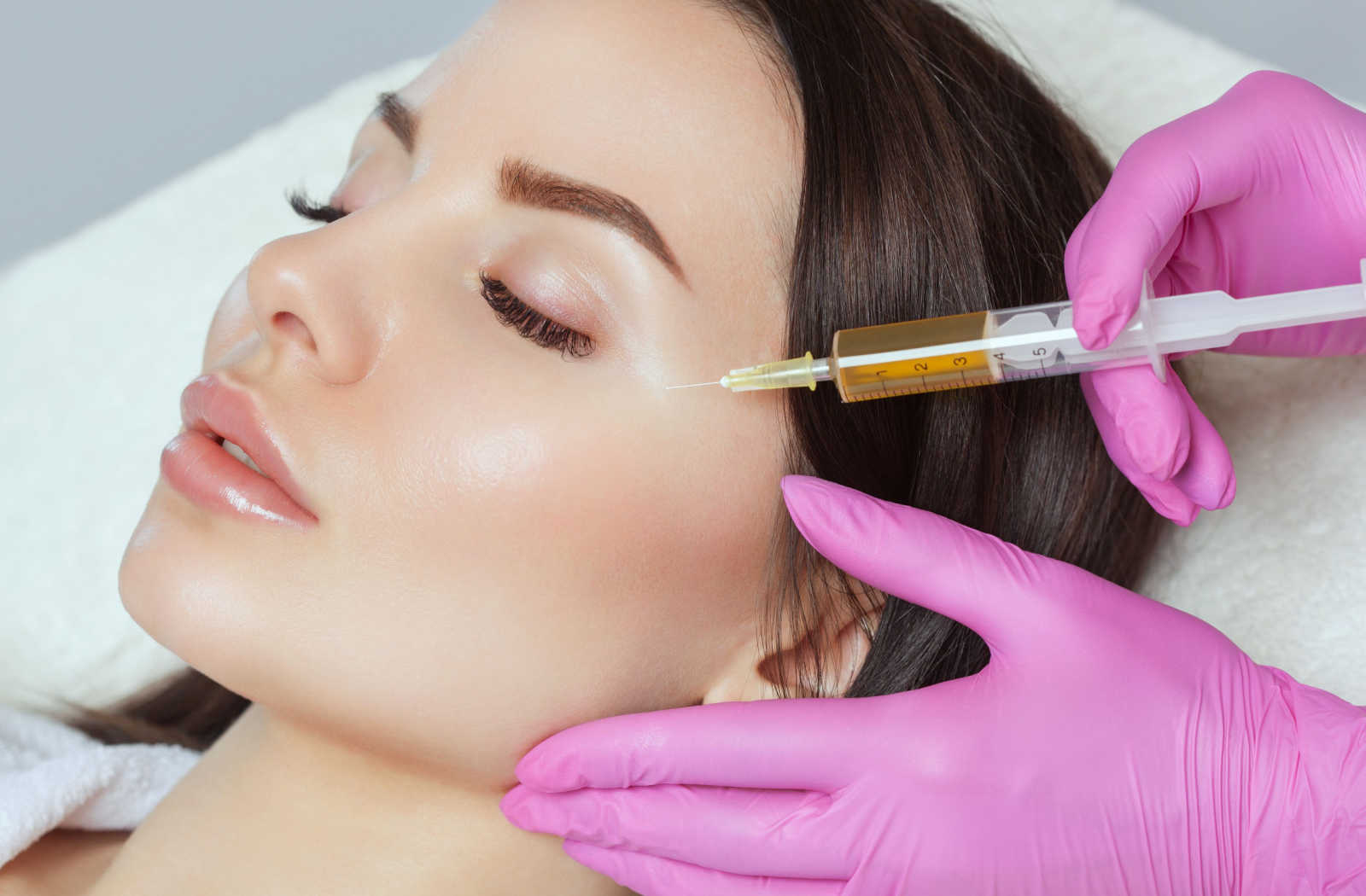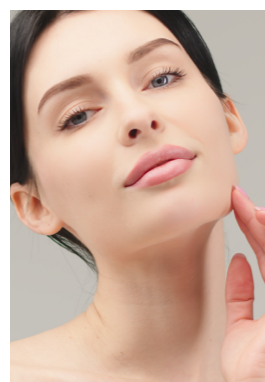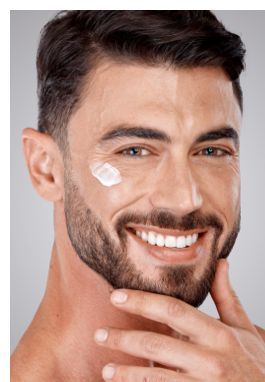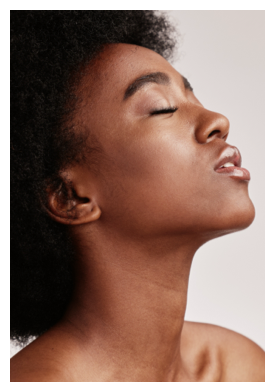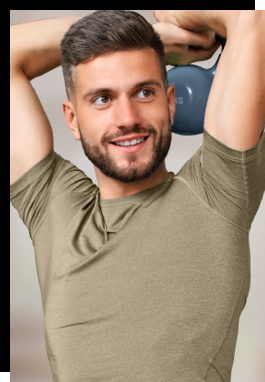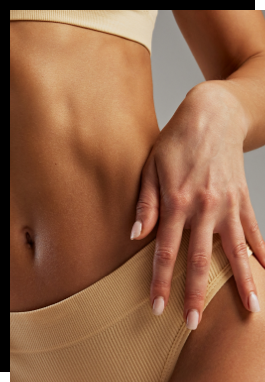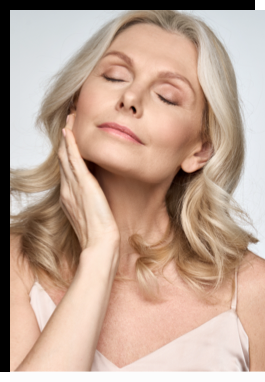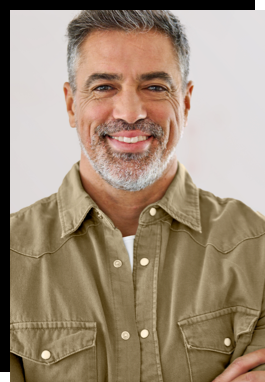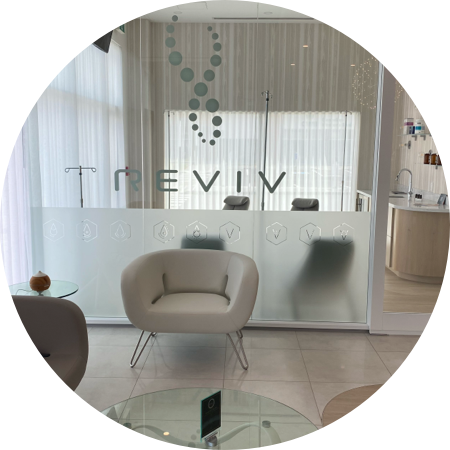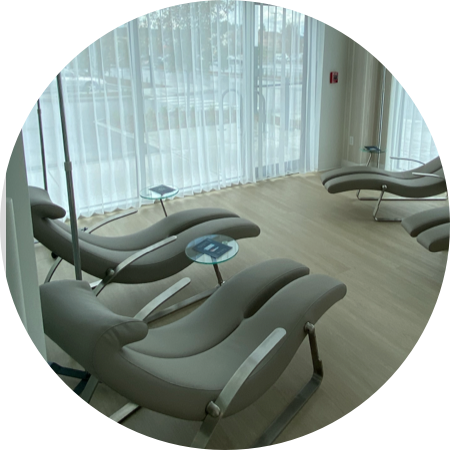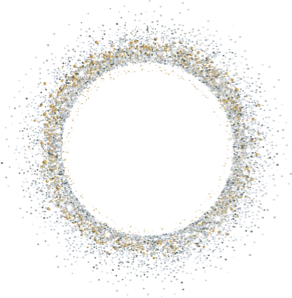Covering your face in blood may appear to be an extreme method of skin rejuvenation. However, platelet-rich plasma facials may have the benefit of rejuvenating the skin, such as smoothing and reducing the appearance of wrinkles and scars for a more youthful appearance.
A platelet-rich plasma facial is safe for the majority of people. Although PRP facials are now popular as a topical treatment, medical professionals have been using PRP injections to treat injured joints for many years.
It’s thought to aid in the body’s growth and healing processes. Instead of a facial, you can have PRP treatment on other parts of your body that have scars or stretch marks, as well as for hair restoration.
If you’re considering using PRP for facial rejuvenation, continue reading to learn about how it works and see if it is suitable for your needs.
What is PRP?
Platelet-rich plasma (PRP) injections are becoming increasingly popular for a wide range of conditions, including sports injuries and hair loss. The treatment accelerates healing in a specific area by using the patient’s blood cells.
Additionally, the procedure is being used by many skin health professionals to give patients younger-looking skin.
Injecting PRP into damaged tissues is thought to stimulate your body’s production of new, healthy cells, thereby promoting healing. Because the tissue growth factors in the prepared growth injections are more concentrated, researchers believe the body’s tissues will heal faster.
Platelets are found in everyone’s blood. PRP is a three-step procedure that requires your blood to be:
- Drawn from your arm
- Placed into a machine that separates the platelets from the rest of your blood
- Re-injected into you (only the part of your blood that contains a high concentration of platelets).
PRP for Skin Rejuvenation
There are three ways you can use PRP for skin rejuvenation. The first option, plasma is applied to your skin, and then micro-needled across either the face, body or area of concern aiding in protein absorption. This is commonly referred to as the “Vampire Facial” and can treat large areas of concern. Microneedling is a procedure that uses sterile needles to create a series of superficial, tiny holes. Both microneedling and PRP promote collagen growth.
Secondly, platelet-rich plasma injected in conjunction with filler (Hyaluronic Acid) is sometimes referred to as a “Vampire Facelift”. This is the process where PRP & HA is injected with a cannula and/ or needle, providing rejuvenation to more specific and deeper areas of concern.
Thirdly, we can combine the two treatments and the original skin problem is addressed twice: beneath and on top of the skin.
PRP injections stimulates collagen, a major protein found in the body’s connective tissues, and promotes new production when combined with micro-needling.
PRP is said to improve skin tone, texture, and fine lines by encouraging the body to produce collagen and healthy skin cells.
Here’s what to expect if you have PRP to treat signs of ageing on your skin:
- Blood is drawn: A small amount of blood is drawn from your arm.
- Blood is spun: The test tube containing your blood would be placed in a centrifuge, which separates your blood into layers. One of these layers is densely packed with platelets.
- Blood injection: Using a syringe or microneedling, your skin health specialist injects blood containing a high concentration of platelets into your face, scalp or body.
- Your skin health specialist may also inject a filler to provide you with immediate results.
The entire process takes about forty-five minutes to an hour.
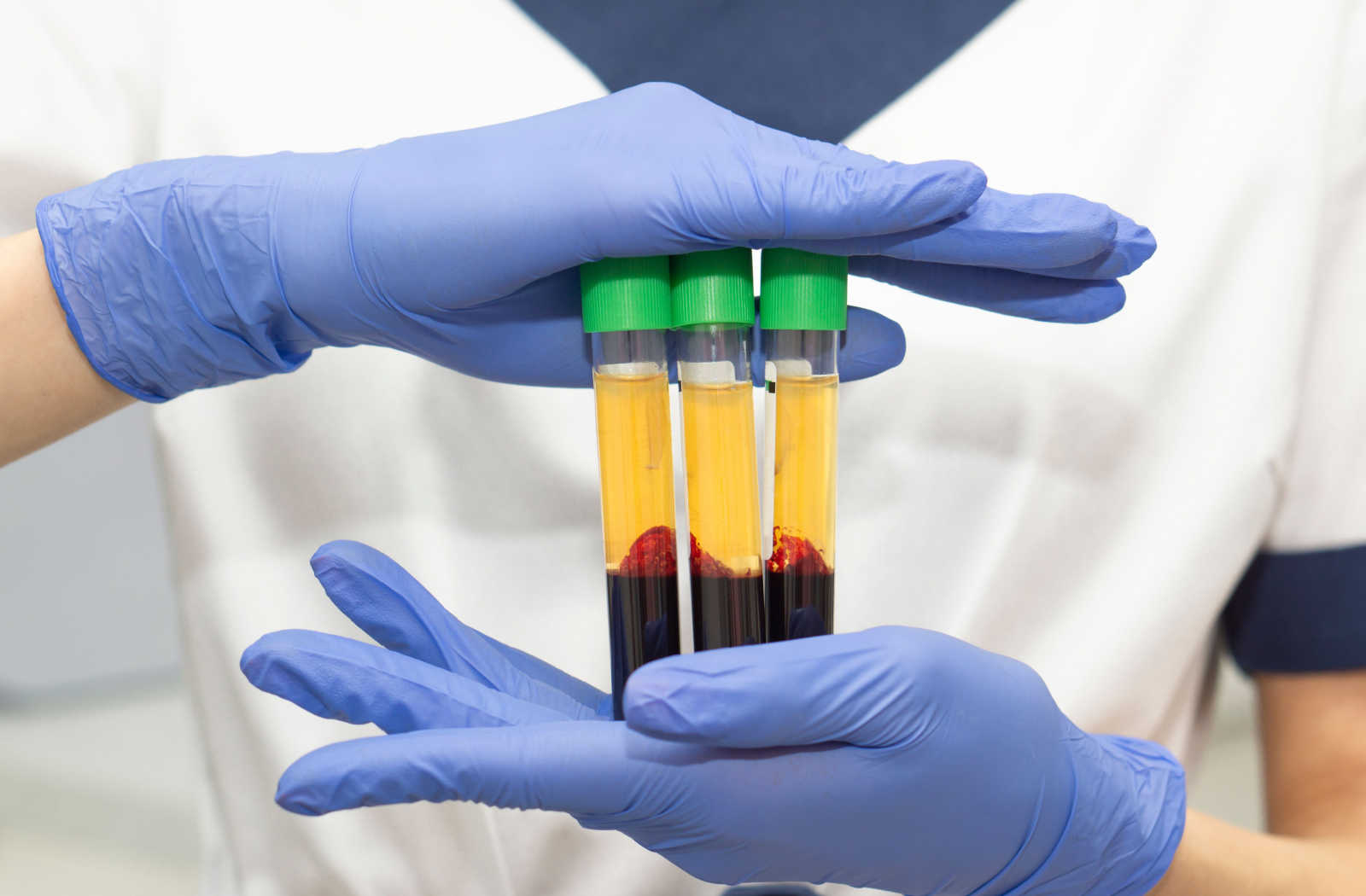
What is the Recovery Time for PRP?
You may experience some redness and swelling immediately following a PRP treatment. This usually resolves itself within one to two days. After the procedure, most people feel well enough to drive home and resume normal activities the next day.
To ensure a smooth recovery, your provider may advise you to refrain from wearing makeup and using harsh skin treatments for up to 72 hours post treatment. You should also protect your skin during this time by wearing sunscreen and avoiding excessive sun exposure.
Who Can Get PRP?
PRP is considered safe for the majority of people, but it is not recommended for those who have the following medical conditions:
- AIDS or HIV
- Blood cancers of any kind
- Skin cancer in the treatment area
- Hepatitis C
- Cardiovascular diseases that necessitate the use of blood thinners
- Heavy smokers
Because the above conditions have an effect on your platelets, they are unable to produce the expected results of PRP treatment.
Considering PRP?
Consult a skin health specialist, like the ones at Zulu Medical Cosmetics if you want to try PRP. These treatment providers perform more cosmetic procedures than any other type of physician.
Our providers have the extensive training required to evaluate your skin and advise you on the most effective proven treatments for you.Book an appointment today if you have any questions about the procedure or would like to discuss your options.
